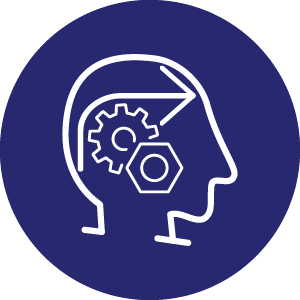3 Step Guide to Picking the Right Disaster Recovery Service
Whether it's a ransomware attack, a natural catastrophe, or corruption of a client's database, you wish to make sure that your business's IT system can recover. Having a company connection and catastrophe healing (BCDR) plan is necessary. There are a plethora of BCDR solutions (on-premise, hybrid, or cloud-based), and it's crucial to pick the best one for your company requirements. Here's what you ought to be watching out for when assessing your next BCDR solution.
Find the Right Business Continuity/Disaster Recovery Solution in 3 Steps:
1. Assess BCDR and DRaaS Solutions
Among the most significant aspects when choosing a BCDR solution is determining whether you'll outsource support or manage it internally. If you intend on contracting out assistance, you'll require to partner with a handled companies (MSP) that is proficient in continuity and compliance options. Since many BCDR services integrate cloud, software, and hardware aspects - you'll require a procedure to support your virtual assets, local servers and desktops. BCDR hardware has a number of purposes consisting of:
Hosting BCDR software application
Storing local copies of backup server images for routine restores
Performing as the primary server it support gold coast throughout a failover, allowing organization to continue throughout remediation
BCDR software application is used to automate and handle backup and recovery processes. After an initial full server backup, BCDR software takes incremental snapshots to create "recovery points" or point-in-time server images. Recovery points are used to restore the state of a server or workstation to a particular time (before it stopped working or data was corrupted).
2. Seek BCDR Cloud Options
The best BCDR solutions have a cloud backup as well as a recovery component. This is due to the fact that the cloud serves 2 functions in a BCDR service. The first is to offer offsite storage area for server and workstation images utilized for brings back. The second is to take over vital operations when a failover takes place.
Backups can be saved locally - on a home appliance or backup server in your data center - or from another location, in the cloud. For BCDR, it's best to keep copies of your backups in both locations. Simply put, if it's not possible to restore a system locally, you can failover to the cloud. Your service must deal with a variety of information repair situations, ranging from restoring a few lost files to recovering from a total server failure or the damage of several servers and PCs. Bring back from local backups is much faster, while the option of stopping working over to the cloud provides you ultimate protection against worst-case circumstances.

3. Address Security and Compliance Frameworks
A BCDR must deal with ransomware detection, point-in-time rollback capabilities, and data immutability. It's essential to try to find BCDR services that adhere to Service Organization Control (SOC 1/ SSAE 16 and SOC 2 Type II) reporting standards and function two-factor authentication. This can help safeguard your information and reduce the requirement for manual intervention. If you wish to discover how to keep your company healthy and protected, reach out to us for a totally free IT consultation.
